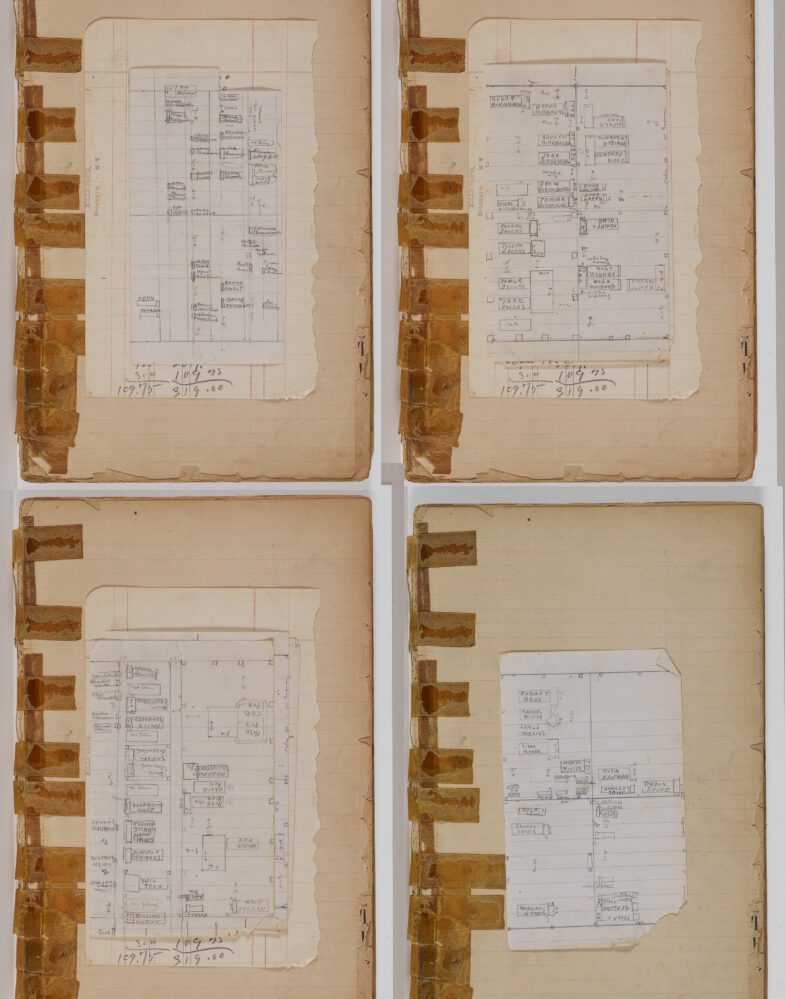
1851: Why Did the Synagogue Dig Up Graves?
Fast Facts
-
In 1851, New York City passed an ordinance forbidding the burial of bodies below 86th Street.
-
B’nai Jeshurun joined with Shearith Israel to purchase land on the border of Brooklyn and Queens, Beth Olam Cemetery.
-
Changing land use necessitated the sale of BJ’s 32nd Street cemetery and the removal of all those who had been buried there.
In the nineteenth century, in general, cemeteries in Manhattan were on the move—literally. Suitable land for burial in Manhattan was already limited, and in 1823 the city forbade new burials south of Canal Street because of health concerns and overcrowding. Land was becoming even more scarce and therefore valuable. Then in 1851, further burials in Manhattan south of 86th Street were prohibited.
When B’nai Jeshurun officially separated from Shearith Israel in 1825, BJ members no longer had access to the cemetery Shearith Israel managed—the only Jewish cemetery in Manhattan at the time. Obtaining burial plots was a priority for the new congregation. Providing cemetery access to congregants was a vital function of synagogue membership and was also a powerful incentive for members to abide by the by laws of the community. For instance, a person who was delinquent in paying dues or married a non-Jewish partner might be denied burial permission. In 1826, even before the Elm Street building was in use, the newly formed congregation purchased land for burials at 32nd Street and 7th Avenue. This plot would eventually become the location of the famous Hotel Pennsylvania.
BJ and Shearith Israel (and later Shaaray Tefilah—a synagogue that had split from BJ in 1845) jointly purchased cemetery land named Beth Olam (also spelled Beth Olom) in Cypress Hills, on the border of Brooklyn and Queens. The 32nd Street cemetery existed until 1875, when the then run-down cemetery was sold to developers—those buried there were moved to either Beth Olam or, at the request of family members, to other cemeteries. Moving those buried was a very controversial issue when first proposed in 1853 by BJ’s trustees, as Jewish law discourages any unnecessary moving of the deceased. By 1875, however, multiple other Jewish congregations had already done so and the need was recognized.

Another major attitudinal shift occurred with the introduction of family lots by Temple Emanuel in the late 1840s. Until then, burials took place chronologically: A person would be buried next to whomever in their community had died closest to their time of death, not next to family members. This prioritized community over family; but the growing importance of family ties made the rise of family lots extremely popular with congregants. When BJ’s trustees laid out the new Beth Olam Cemetery in 1852, they divided it into two sections: one section for family lots and another section for individuals. In 1853, Beth Olam opened, with congregants on-site for a very successful auction of cemetery plots.
An important group associated with the cemetery was the burial society, incorporated in BJ in 1826 and called the Hebra Gemilut Hesed. It later became the Hebrew Mutual Benefit Society.
In the twentieth century, to provide for the continuing needs of the congregation, an additional cemetery area was established in Clifton, New Jersey. Beth Olam, while mostly full, continues to serve the community with a few plots still available.
Sources
- Israel Goldstein, A Century of Judaism in New York: B’nai Jeshurun 1825–1925
- Allan Amanik, Dust to Dust: A History of Jewish Death and Burial in New York
BJ: The First 100 Years: 1825–1925
This essay was first published in an exhibition as part of BJ’s bicentennial celebrations.
Discover moments that defined BJ’s initial century: political protests, educational innovations, impassioned membership debates, and architectural milestones.

